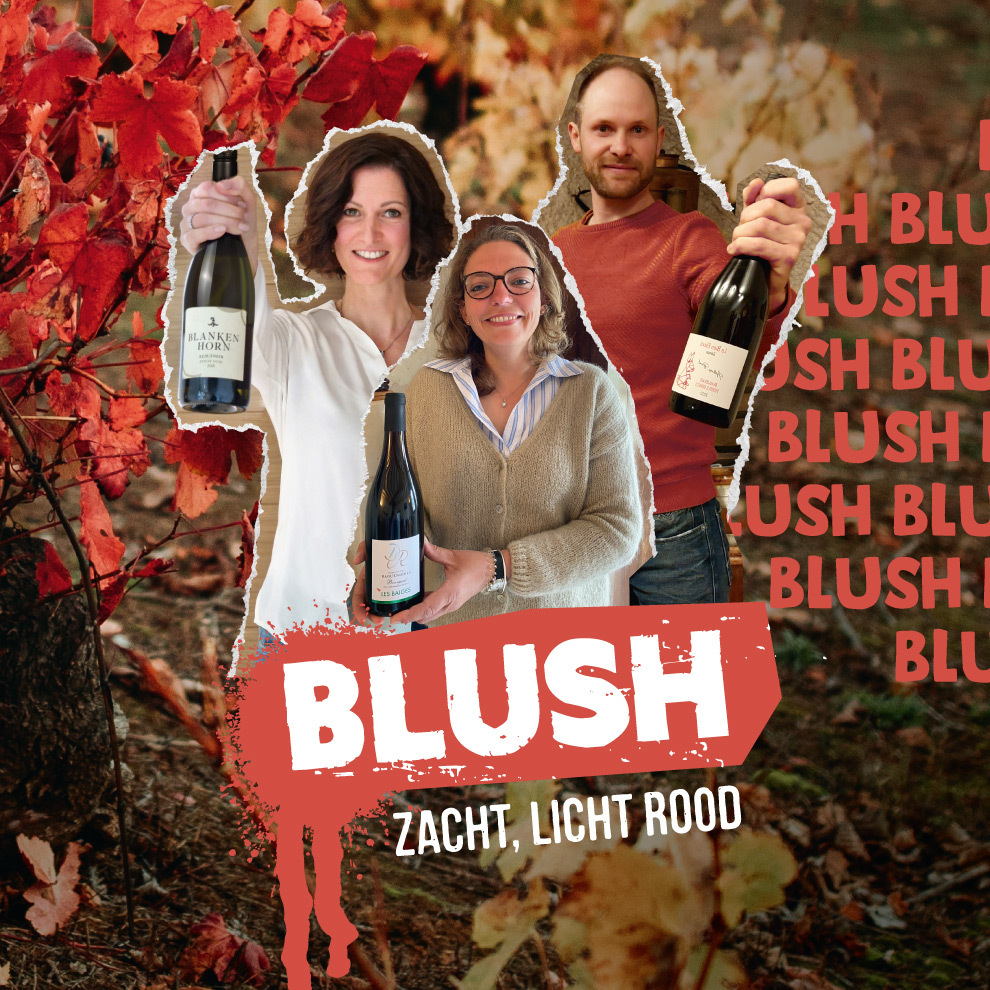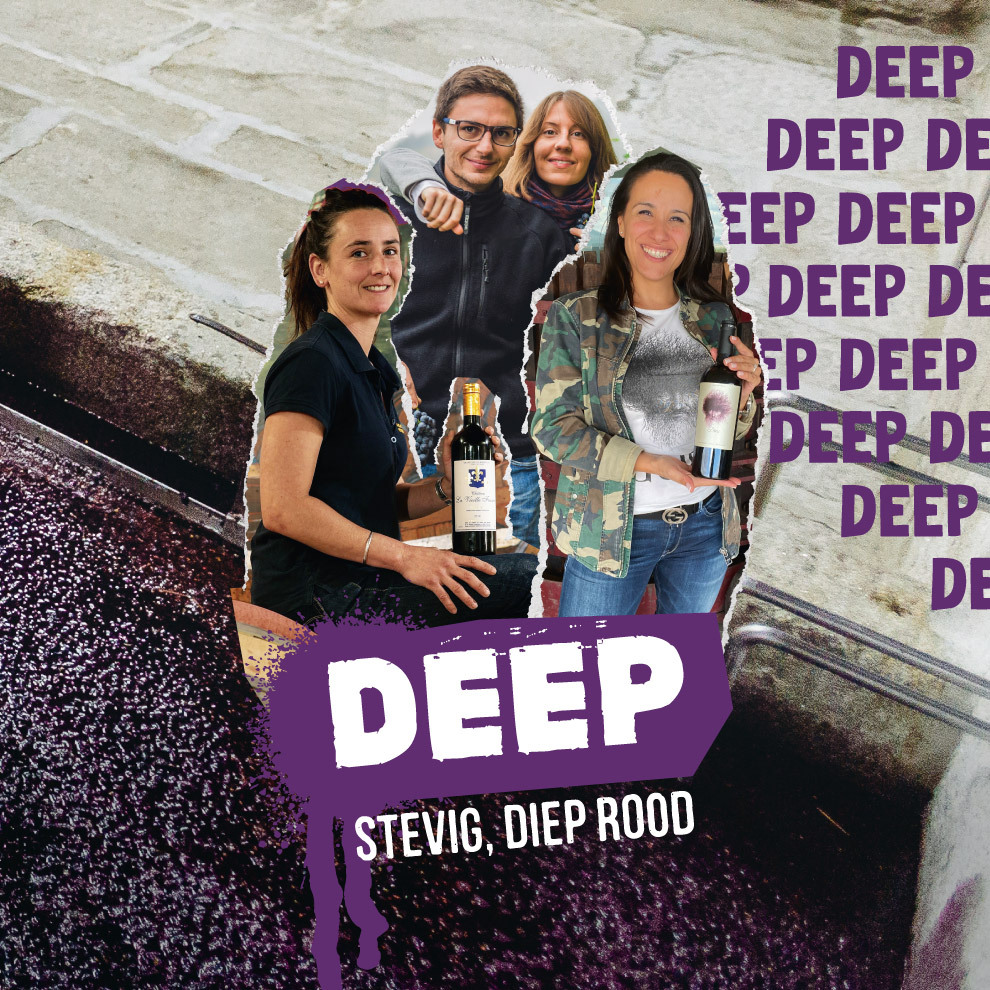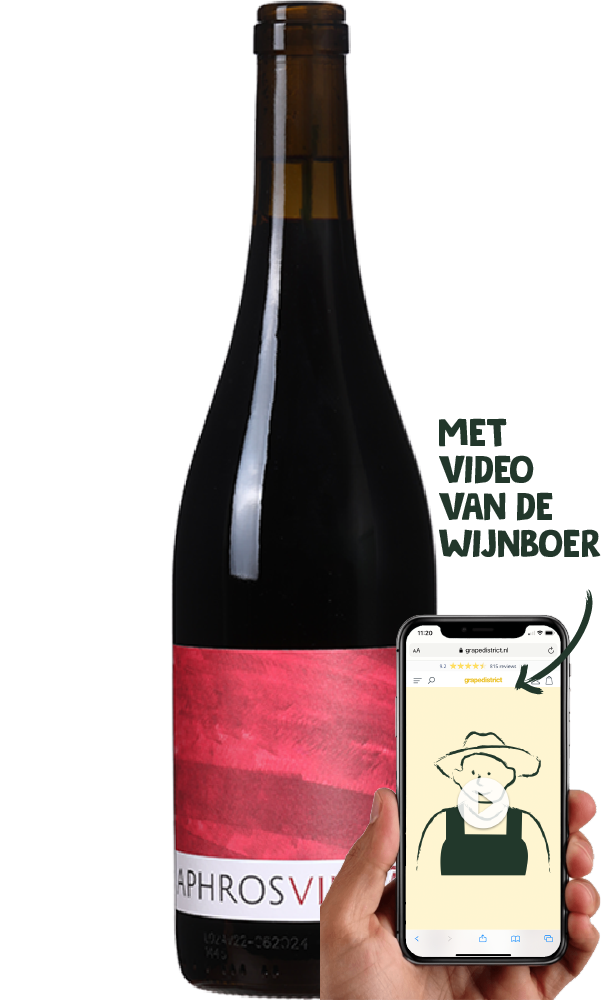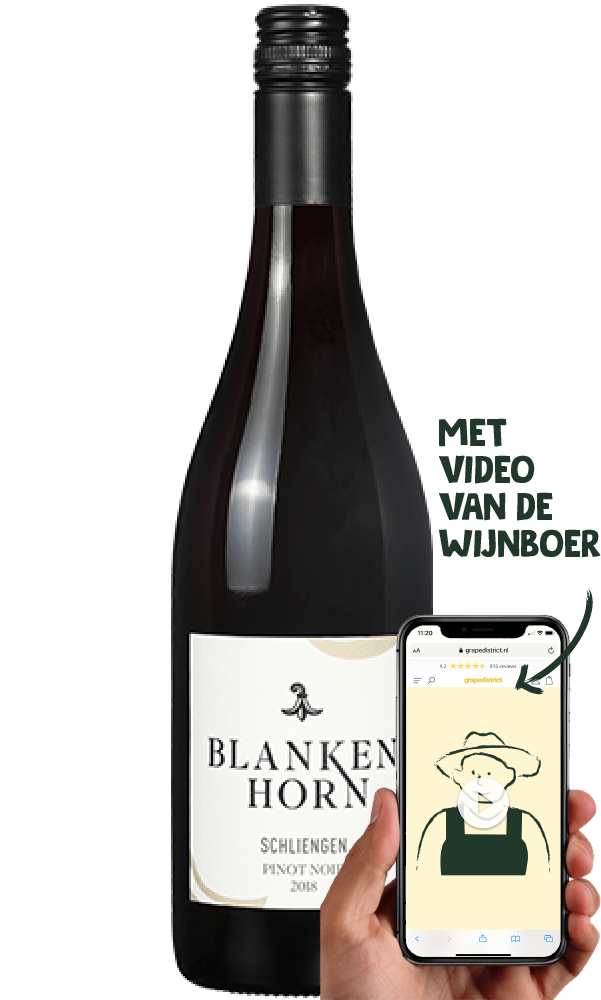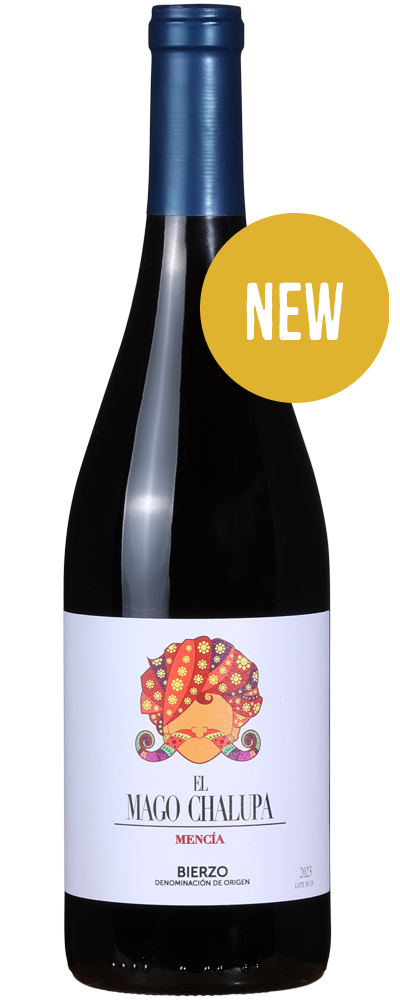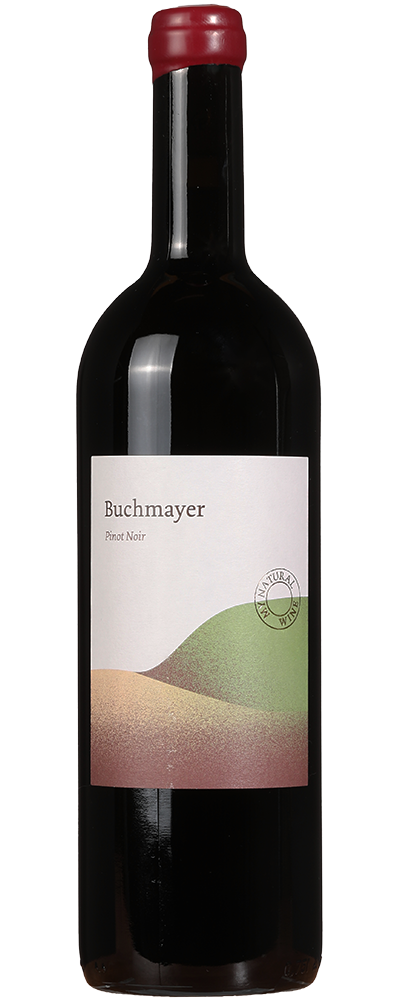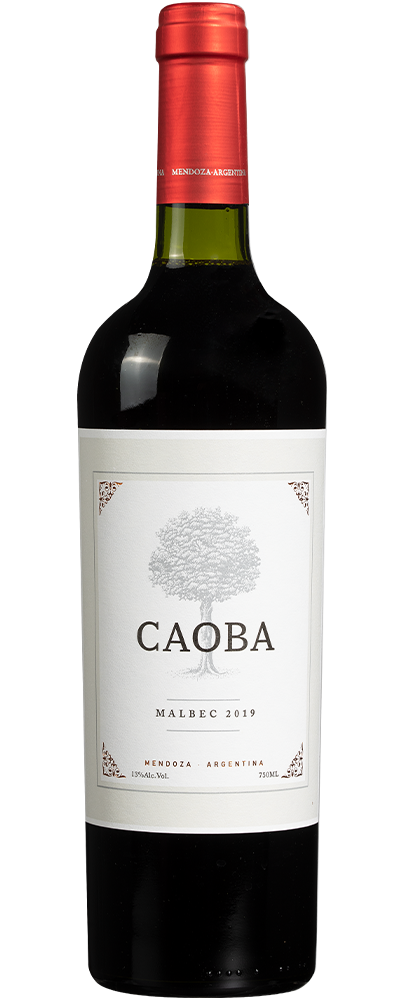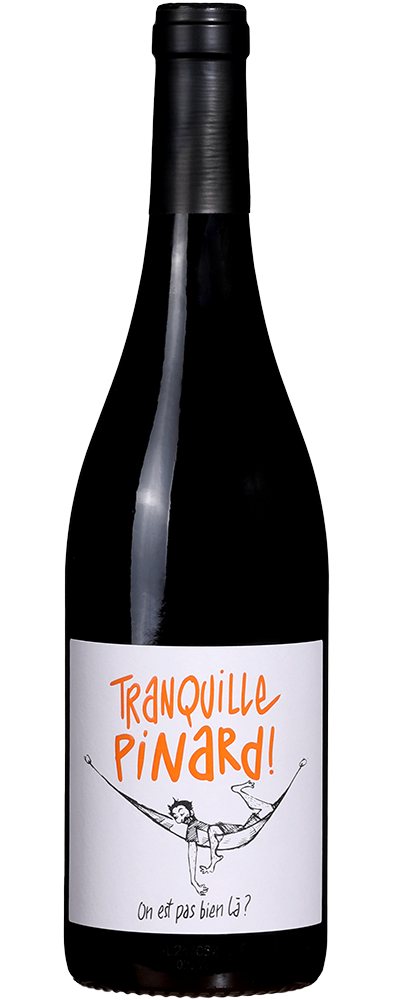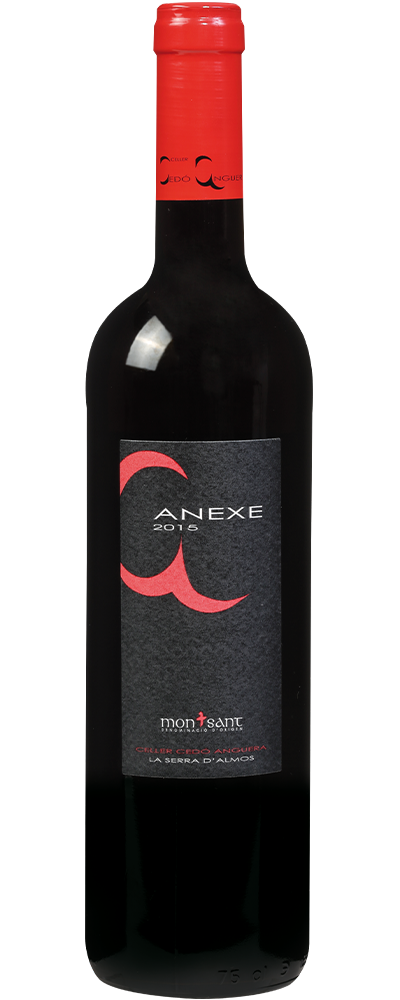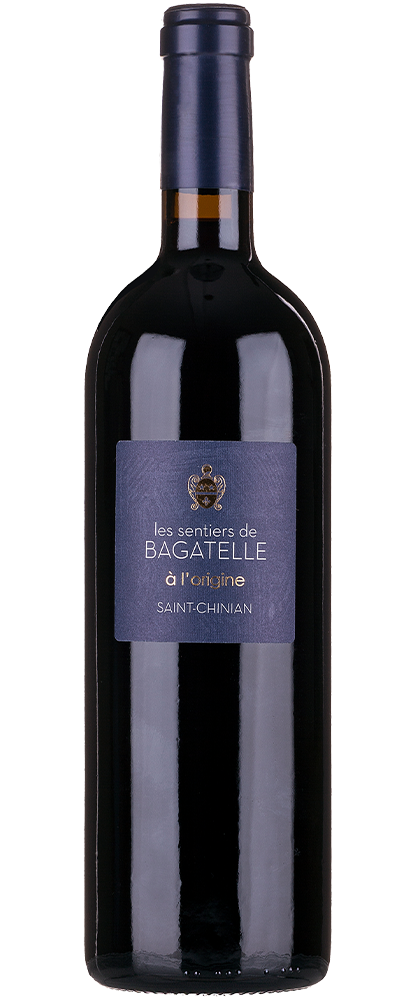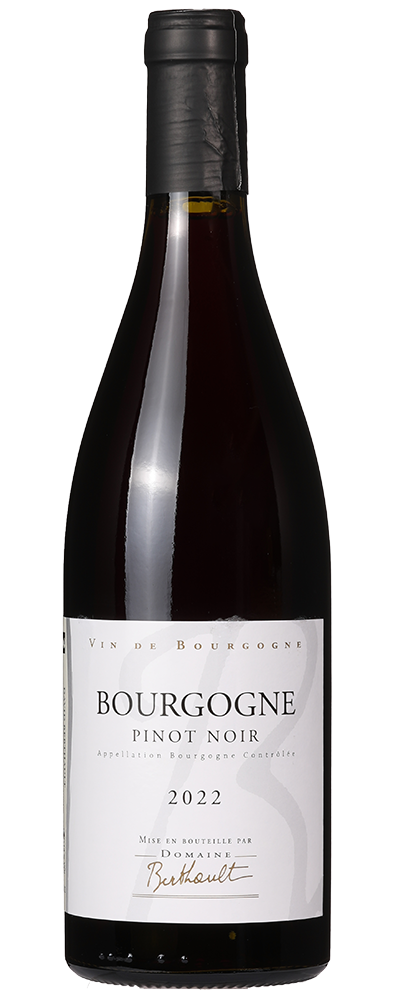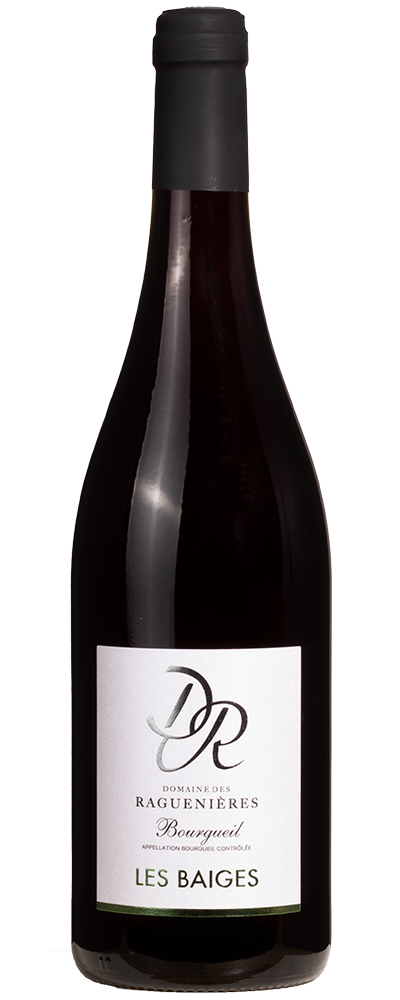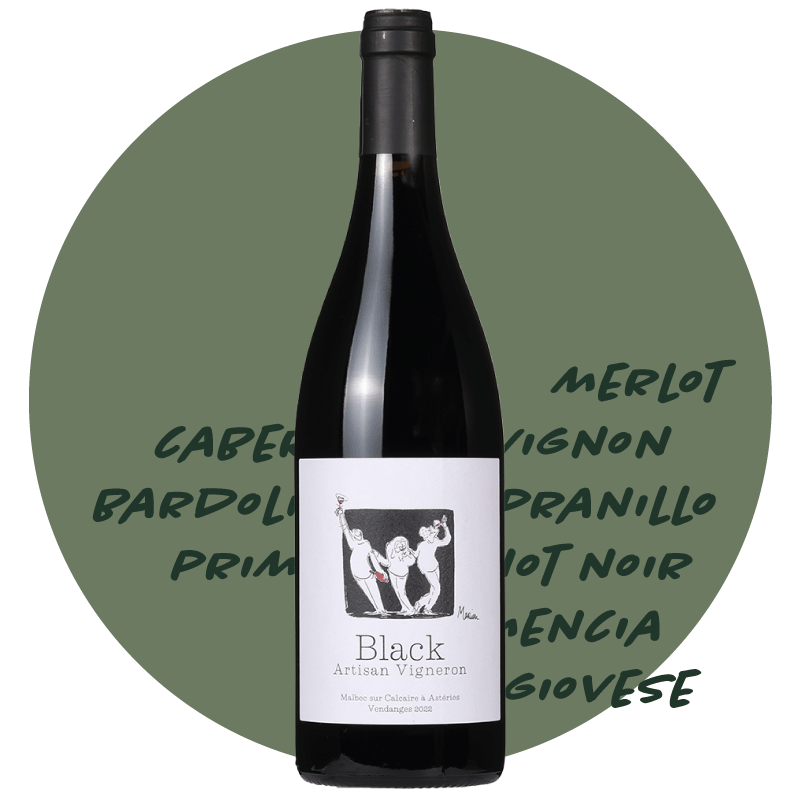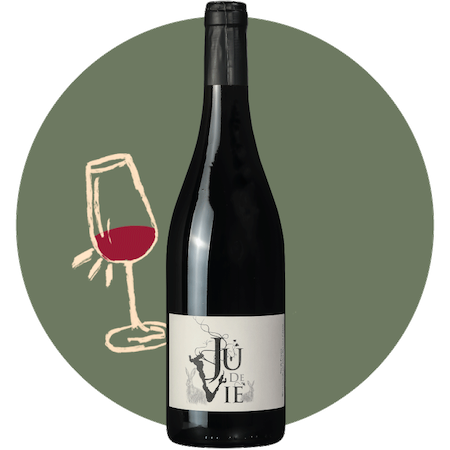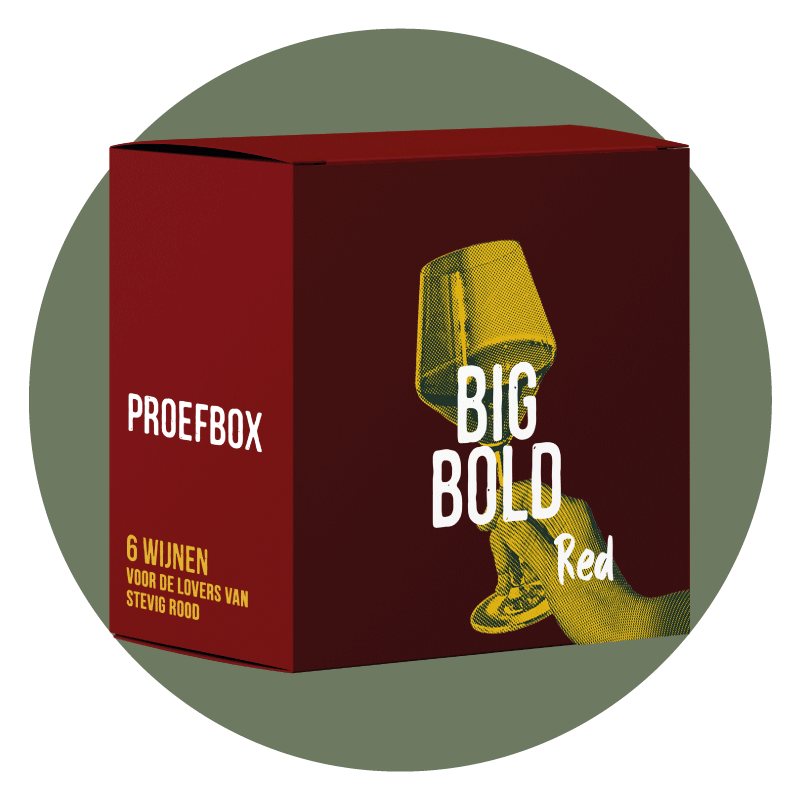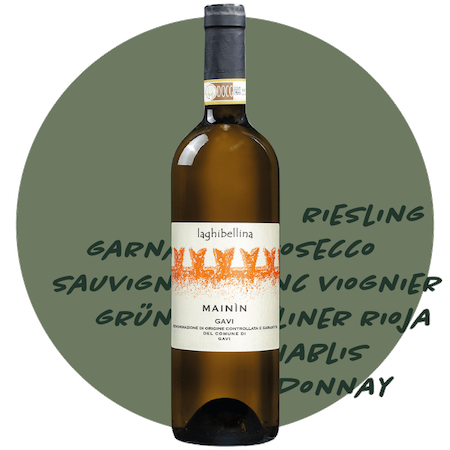Our Red Bestsellers
How do you choose the best red wine?
The short answer? Blue grape juice that has fermented. To explain it a bit more: during fermentation, the skins and seeds are kept with the juice to release color pigments and tannins. The longer you keep them with the juice, the deeper the color and the heavier the tannins in the red wine will be. If you leave the skins and seeds in the juice for only a short time, you get a rosé, but leave them too long and you’ll end up with a wine that’s very harsh due to the tannins.
Red wine is made almost the same way as white wine. The difference lies in the first step after picking. For red wine, the grapes are destemmed and crushed before fermentation begins. The skins and seeds remain with the juice during fermentation, allowing them to release color pigments and tannins. After fermentation, the grapes are pressed and the skins and seeds are removed from the red wine. The winemaker then decides whether to age the wine in wooden barrels, stainless steel, or if they want to blend the wine. A final step of clarification and filtration follows before bottling begins.
Are you choosing a Pinot Noir or a Cabernet Sauvignon? The taste varies greatly. To make it even more complex, everything in winemaking affects the flavor. A warm region produces fuller, riper wines compared to a cooler region. We try to simplify this with our flavor profiles. For red wines, we’ve divided them into three categories. Blush: light red wines that can be enjoyed chilled, are lower in tannins, and are perfect for a summer evening. Smooth: medium-bodied with juicy fruit like cherries and sometimes a hint of spice. Deep: full-bodied, robust reds with stronger tannins, dark fruits, and rich, warm spices.
You could write a whole book on the different types of red wine. Each winemaker creates a unique wine, whether they use the same grape variety or come from the same region, every wine is different. Every choice the winemaker makes influences the final flavor. When do you harvest? How long do you let the wine age? Are wooden barrels used? And what kind of wood? At Grapedistrict, we love to find family-run businesses that put their own spin on wines. A winemaker in Austria producing a full-bodied red wine? Exciting! Making a light ‘red’ wine in Alsace with some white grapes blended in? Even more intriguing!
When we look at the most well-known grape varieties for red wine, we end up with Merlot and Cabernet Sauvignon. These blue grapes have gained popularity over the years with top Bordeaux wines and the more accessible varieties produced outside of Europe. While Merlot and Cabernet Sauvignon are the most famous grape varieties, I wouldn’t be surprised if Primitivo is currently considered the most popular red wine in the Netherlands. Primitivo is a sultry, full-bodied wine from Puglia that almost everyone loves.
Red wines are generally easier to store for longer than white wines. Although most wines are made to be consumed within a year, red wines can often be stored for a bit longer. Especially full-bodied red wines with enough tannins and acidity can benefit from an extra year of aging. Both tannins and acidity soften as the wine ages. Red wines with a good balance of both can improve with age. Think of a Nebbiolo (the grape used in Barolo), Cabernet Sauvignon, or Sangiovese.

